Phnom Penh, 3 Jumadil Awwal 1437/03 February 2016 (MINA) – A witness at Cambodia’s Khmer Rouge tribunal has underlined the problems the country’s Cham Muslim community has faced following the slaughter of hundreds of thousands of its people by the Khmer Rouge during the 1970s.
Ysa Osman, a Cham Muslim researcher, analyst and author, said Wednesday that those who bore witness to the killings of their families and neighbors “were [left] under severe trauma and depression and this feeling remains with them today”.
“There are no longer any educated leaders. After they were exterminated… there were no religious teachers, and the children became illiterate in the Islamic religion and study, and that remains,” he said, after taking the stand during questioning by the prosecution in Phnom Penh, Mi’raj Islamic News Agency (MINA) reported, quoting Anadolu Agency..
During his testimony, Osman built upon the recollections of several Cham witnesses who have already testified in Case 002/02, in which former Khmer Rouge head of state Khieu Samphan and “brother number two” Nuon Chea are charged with genocide.
Also Read: Malaysia Urges UN to Sanction Israel, Calls for Abolition of Veto Power
As an “expert witness”, he spoke more broadly about the Cham story in Cambodia, from its origins in the Champa region in southern Vietnam to its near-destruction under the ultra-Maoist regime and its struggles to regain its former glory today.
Osman said that while he had not seen the specific document outlining the order to purge Cambodia of its Muslims, accounts from more than 200 survivors and perpetrators form the basis for much of his research, including interviews with people who had seen such evidence.
It was after a Cham-led rebellion in 1975 — the same year that the Khmer Rouge took power in Cambodia — that the destruction of Muslim communities began in earnest, Osman said.
“A complete shutdown took place after the rebellions,” he told the court, with Cham who returned to Svay Khleang — where a rebellion fomented — “gathered up, taken away and killed”.
Also Read: Film on Rohingya Tragedy Wins Award at Venice Film Festival
“The killing was indiscriminate; whether they were women, children or if they agreed to eat pork or could no longer speak the Cham language… if they were Cham or mixed-blood, they were not spared. They were taken away and killed.”
Osman said he continues to be plagued by his inability to properly account for why, exactly, the Khmer Rouge went ahead and purged the Muslim population — particularly when they had already forced them to abandon their religious customs, clothes, language and dietary practices.
“They adapted to live the way [the Khmer Rouge] wanted, and still they were killed,” Osman said, adding that he — himself — would die without peace as he couldn’t find an answer why.
The ensuing destruction to the Cham community in the country was significant, he said, estimating that 200,000 survived the purge and up to 500,000 perished.
Also Read: WHO Urges Afghanistan to Lift Restrictions on Female Aid Workers
However, he underlined that the damage goes beyond the loss of life.
“You can see no remarkable development or progress in the Cham community and only a number of religious leaders, and that is a result of the Khmer Rouge regime,” he said.
“If they haven’t killed them, the Cham community would be in a much better shape and recognized by the world,” he underlined. (T/R07/R01)
Mi’raj Islamic News Agency (MINA)
Also Read: Rohingya Muslims Face Starvation Amidst Arakan Army’s Seizure of Land and Fisheries







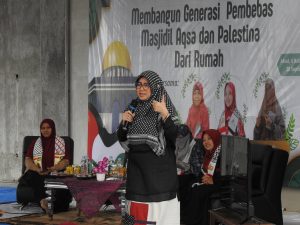
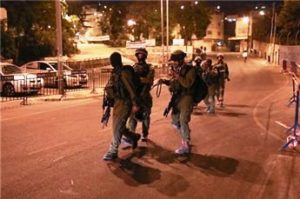
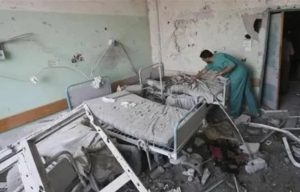
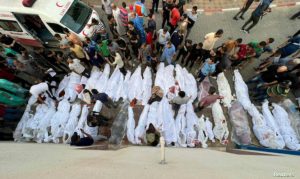
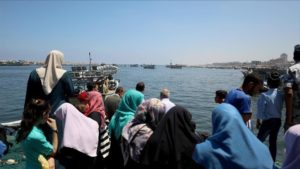

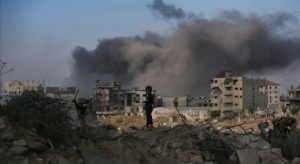
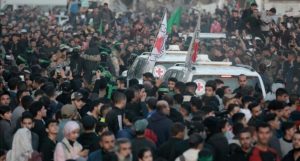
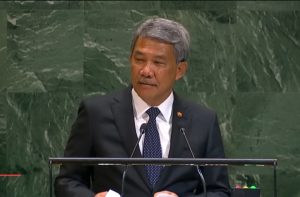

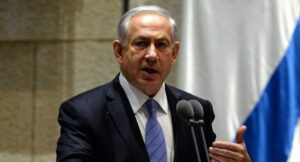

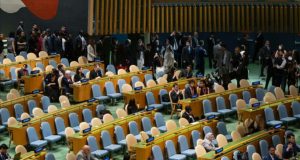



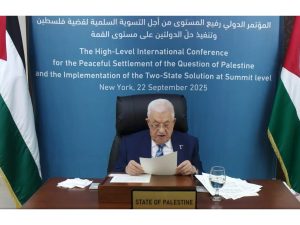
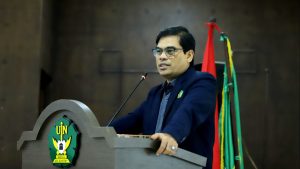
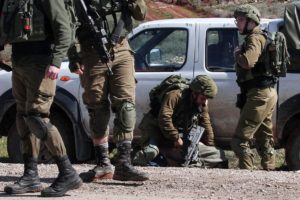


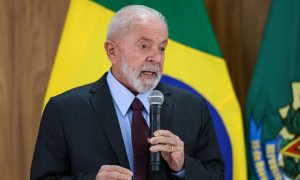
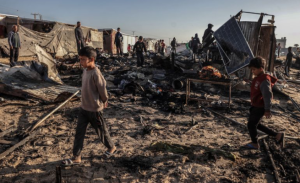
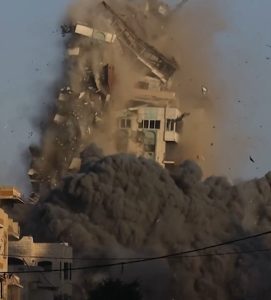
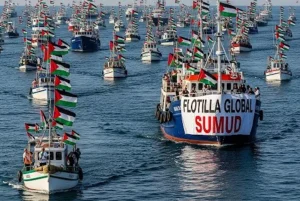



 Mina Indonesia
Mina Indonesia Mina Arabic
Mina Arabic